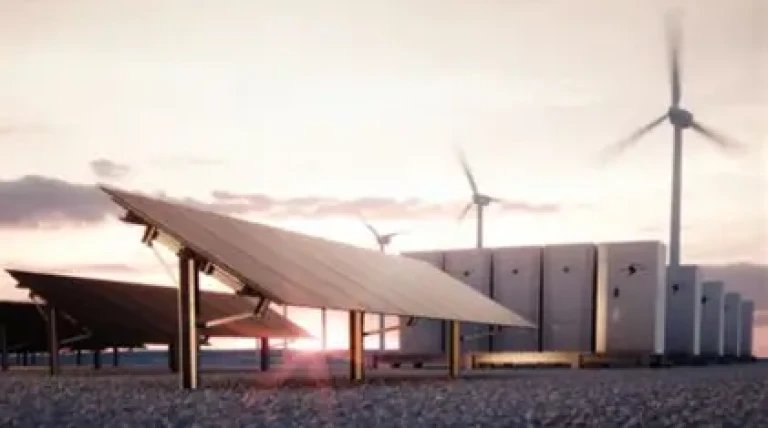At its 48th Annual General Meeting, Reliance Industries Ltd (RIL) unveiled a bold roadmap to build "the world's most integrated new energy ecosystem," according to Chairman Mukesh Ambani.
While hydrocarbons will continue to play a key role in India’s energy mix in the near term, RIL is pursuing a dual-track strategy—strengthening its oil-to-chemicals (O2C) business while accelerating its transition to clean energy.
Executive Director Anant Ambani outlined progress at RIL’s Jamnagar gigafactory, where production of advanced heterojunction (HJT) solar modules is underway. These modules offer 10% higher energy yield, 20% better temperature performance, and 25% lower degradation compared to conventional technology. The facility’s annual capacity will scale from 10 GW to 20 GW.
The solar rollout is anchored by RIL’s 5,50,000-acre Kutch renewable energy project, designed to deploy 55 MW of solar modules and 150 MWh of batteries daily—potentially supplying 10% of India’s electricity demand within a decade.
Green hydrogen forms a central pillar of RIL’s clean energy ambitions, with a 3 GW electrolyser gigafactory targeted for completion by 2026. The company aims to produce green hydrogen at under USD 1 per kg, scaling up to 3 million tonnes annually by 2032.
News by Rahul Yelligetti.
![{[setting('site_name')]}](https://projxnews.com/uploads/setting/16983847711140531930.webp)












